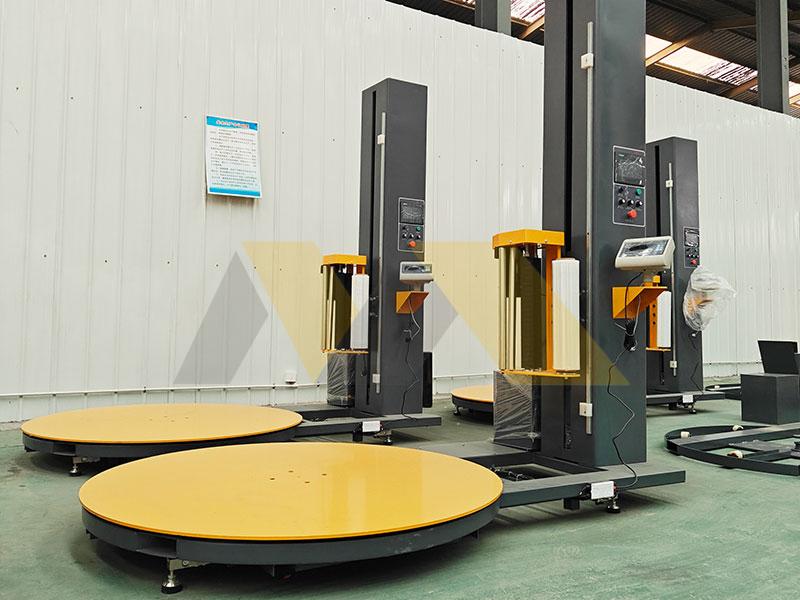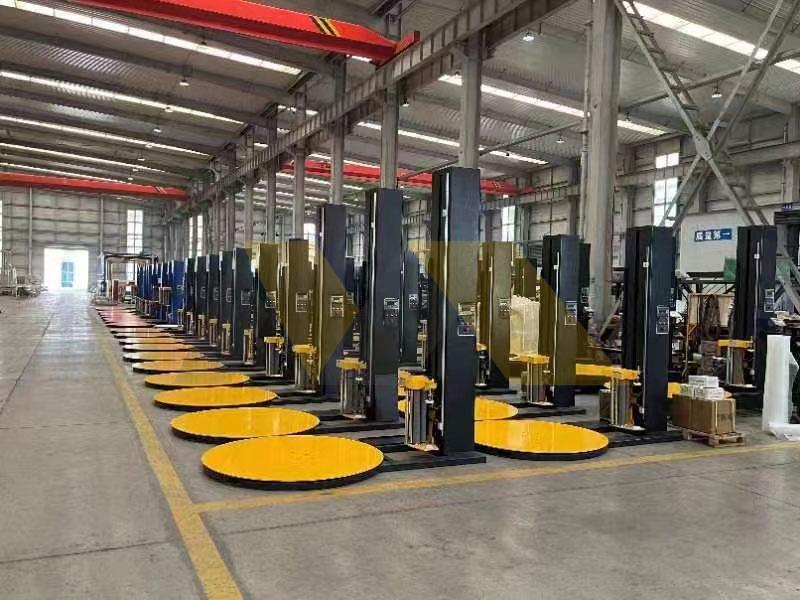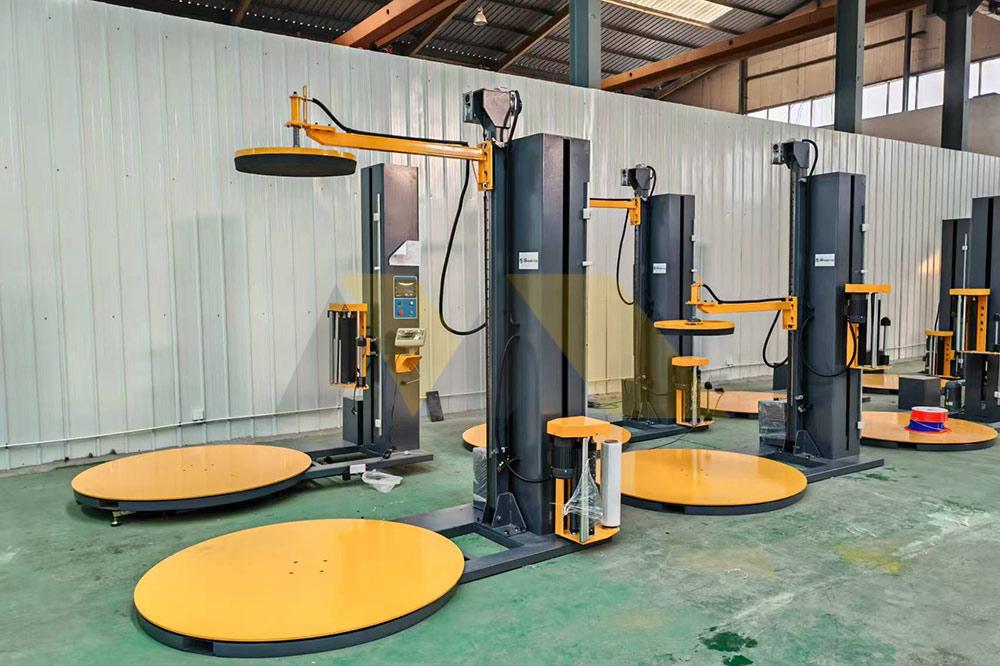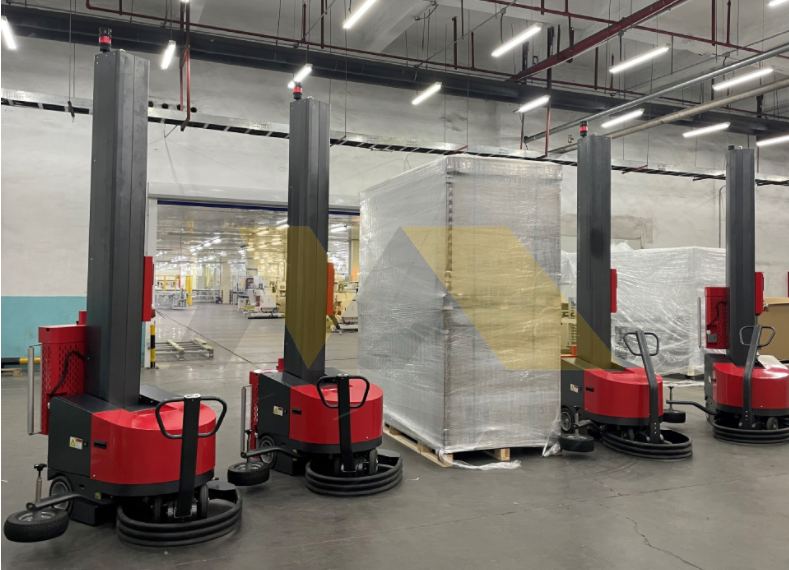Space limitations plague small warehouses. Fixed wrappers require permanent floor space you don’t have. Portable units solve this—but only if engineered properly. Let’s uncover what works.
Portable pallet wrappers outperform fixed models in mobility and space savings, offering wrap-on-demand flexibility across multiple locations—ideal for businesses under 50 daily shipments needing multi-zone operation.
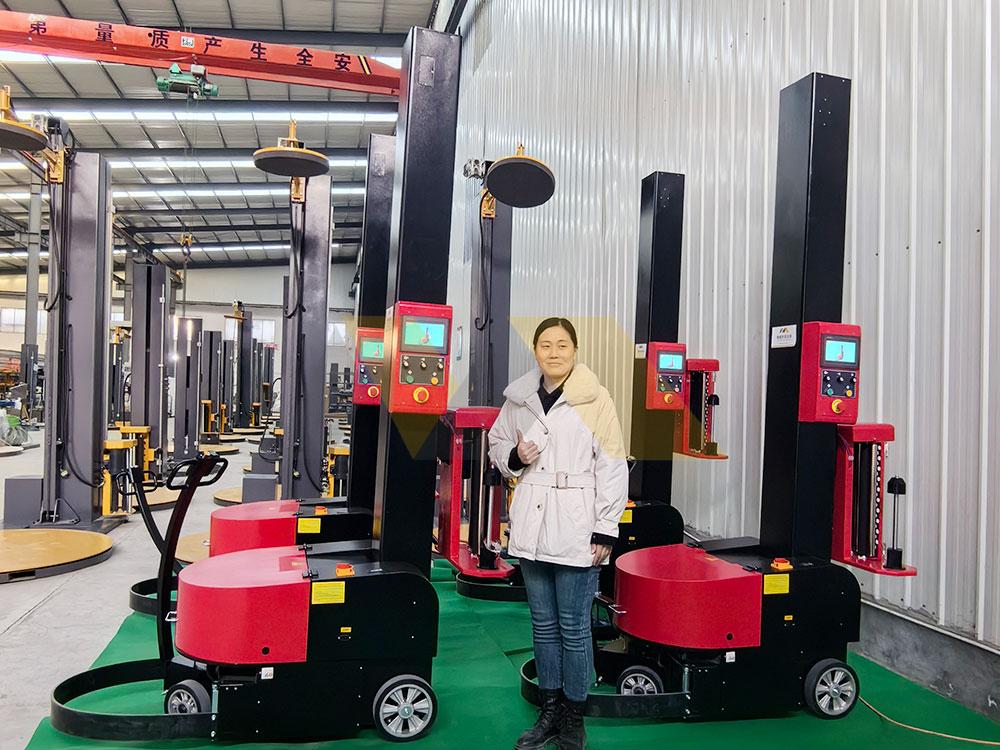
For time-strapped business owners, these insights will transform your packaging efficiency starting today.
How is portable better than fixed?
Watching clients struggle with immobile machines sparked my portable line development. One bakery saved 30% floor space after switching—now they wrap goods directly at loading docks.
Portable wrappers eliminate dedicated floor space, enable cross-facility deployment, and service temporary work cells—perfect for seasonal peaks or multi-warehouse operations where fixed installations prove impractical.
Space and mobility advantages dissected
Where portable units shine:
Deployment scenarios
- Construction sites: Wrap materials near active work zones
- Multi-tenant warehouses: Shared equipment across tenants
- Retail backrooms: Weekly stock rotations
Operational savings analysis
| Fixed Wrapper | Portable | Small Biz Impact | |
|---|---|---|---|
| Footprint | 80+ sq.ft | Under 5 sq.ft | Reclaim storage space |
| Relocation | 8+ hrs | 5 minutes | Serve multiple lines |
| Setup Cost | $5k+ | Under $300 | Lower capital risk |
We helped a beverage distributor wrap pallets at 3 different loading docks daily—their throughput rose 40%. WhatsApp us direct for deployment case studies.
Is it easy for non-skilled workers?
New operators accidentally tore film daily at a client’s farm—until we added one-touch presets. Training dropped from 3 hours to 20 minutes. Simplicity matters.
Intuitive interfaces with auto-tension and programmable presets minimize errors—look for touchscreens with pictogram guides instead of complex PLC panels requiring technical skills.
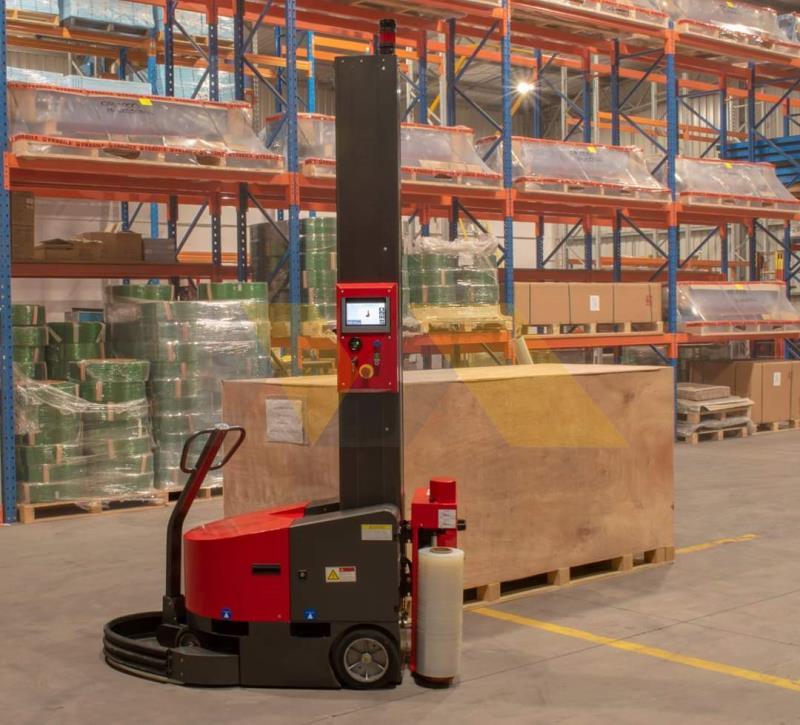
Designing foolproof operation
Critical user features
- Preset memory buttons
Store settings for common products (e.g., boxed goods vs bags) - Auto troubleshooting
Error codes showing visual solutions (like "film jam – clear path A→B") - Tension safeguards
Force limits preventing over-tightening
Training reduction tactics
- Video QR codes: Scan to watch setup tutorials
- Color-coded components: Blue = film path, Red = emergency stops
Pro tip: Request live demos with your actual workers—we do free virtual tests via Zoom.
Can portable machines wrap consistently?
Light frames vibrated during wrapping at a tool supplier’s site—causing uneven film layers. We added cross-bracing for 100% stability under load. Structure determines results.
Consistency requires reinforced frames and precision rollers passing 5-layer wrap tests—always validate with sample videos showing 100+kg pallets at maximum turntable speeds.
Engineering for reliability
Stability benchmark table
| Minimum Standard | Premium Build | Failure Risk | |
|---|---|---|---|
| Frame Material | 3mm steel | 5mm reinforced | Vibration >15kg |
| Turntable Speed | 8 RPM | 12 RPM | Loose wraps |
| Max Load | 600kg | 1500kg | Tipping |
Validation protocol
- Film tension reports: Digital readouts under varying loads
- Tilt tests: 5° incline operation without deviation
- Noise monitoring: Below 70dB = less vibration
"After seeing our stress-test videos, a pharma client ordered 6 units," reports our Florida distributor. Request our test videos via WhatsApp.
When to upgrade to automatic models?
A client wasted $12k/month on overtime before automating—hand-wrapping 400 pallets daily. We transitioned them when they hit 200/day. Timing saves fortunes.
Upgrade when manual wrapping exceeds 150 pallets daily or film costs rise 20%—semi-automatics pay back in under 6 months by cutting labor and film waste.
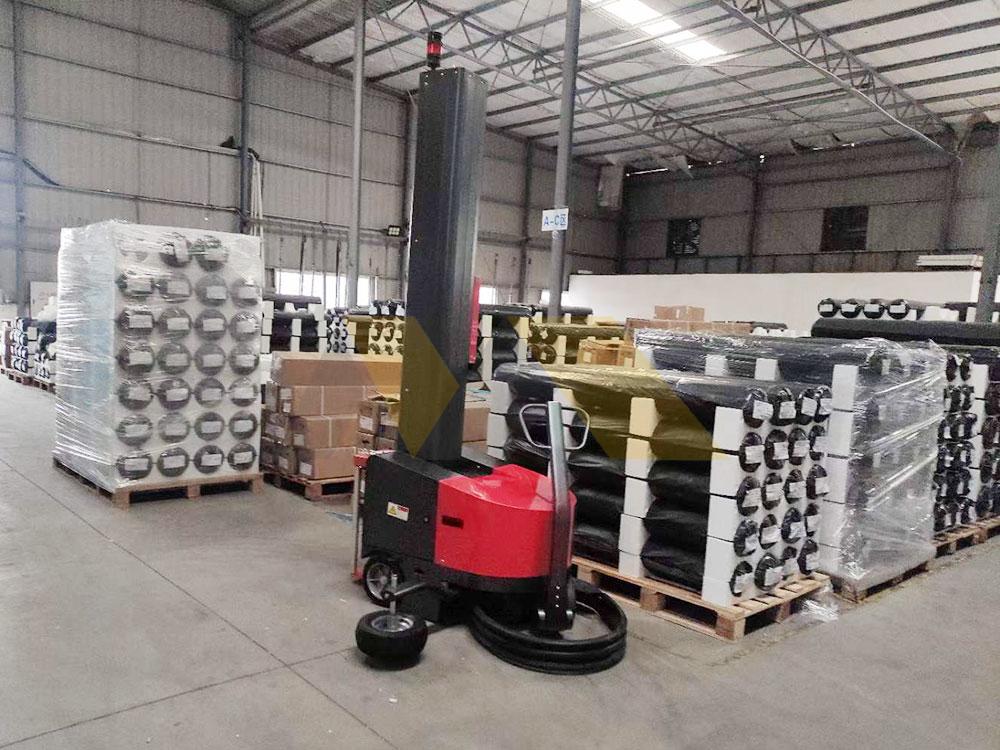
Calculating your automation point
Cost-benefit triggers
| Metric | Manual Retention Point | Upgrade Urgency |
|---|---|---|
| Daily Output | < 150 pallets | > 200 pallets |
| Labor Cost | < $15/hr | > $20/hr |
| Film Usage | < 8 rolls/day | > 15 rolls/day |
Phased implementation roadmap
- Stage 1: Portable units for satellite zones
- Stage 2: Semi-auto at main dispatch point
- Stage 3: Conveyor integration (>500/day)
We provide free ROI calculators—message us for yours.
Conclusion
Portable wrappers maximize small-business flexibility through mobility and ease-of-use. Validate stability through tests, automate at 200+ daily pallets, and always prioritize tension control. Transform your packing workflow now.

